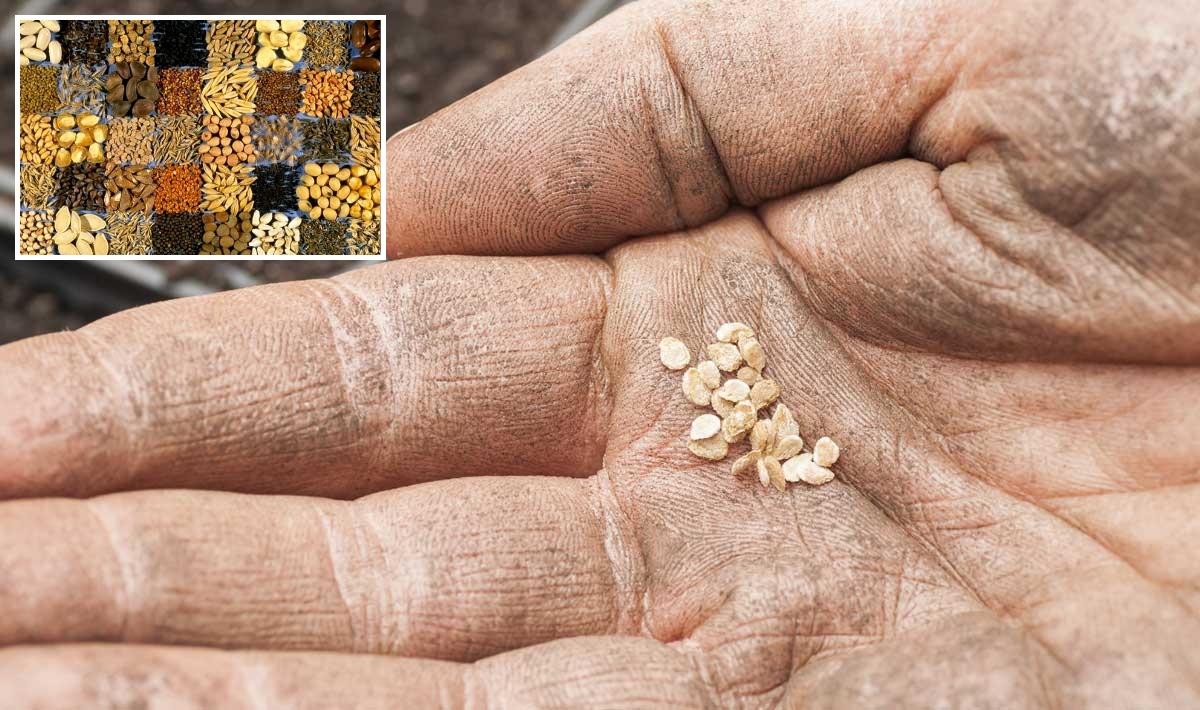Saving seeds can be priceless, practical, and self-sufficient. You will never need to purchase another packet of seeds from your favorite tasty fruit or vegetable and also saving seed helps preserve genetic diversity. Have in mind that before you start saving seeds you must understand some basic principles of plant reproduction!

SELECTING PLANTS
Open-pollinated annual plants are a good place to start. They are easy to collect, prep, and store, so if you are a beginner seed saver, start collecting seeds from peas, tomatoes, peppers, lettuce, or beans. Only plant one variety per species in order to avoid cross-pollination.
HARVESTING THE SEED
Choose the most productive and healthiest plants to harvest seeds from. Learn when and how to prepare them for storage, because there is a big difference from plant to plant!
-
Tomatoes
When this fruit is completely ripe you can harvest seeds. Scoop out the seeds after you slice the tomato and deposit them in a clean glass jar. Then, add some water and cover with cheesecloth. Stir once or twice per day and keep it in a warm spot. After about 5 days, viable seeds will sink to the bottom. Collect and rinse the seeds before spreading them out to dry.
-
Peppers
In this case, the peppers should be fully mature before harvesting the seeds. Sweet peppers should be red and you have nothing to worry about because the process of collecting pepper seeds is super easy. Scrape the seeds from the cluster in the center of the cone.
-
Peas & Beans
Peas and beans should have brown color if you want to harvest seeds from them. When you hear the seeds rattling inside the pods, you’ll know the peas and beans are ready for harvesting. Before removing the shell and collecting the seed, you should dry the pods for nearly two weeks.
-
Lettuce
Once the plant has bolted, collect lettuce seeds. Pinch the flowers and carefully drop them into a paper bag. Break apart the flowers to release the seeds and spread them out dry.
SEED DRYING AND STORAGE
Only use ceramic or glass dishes to dry seeds. For quicker drying set them in a cool, shaded spot with low humidity. When they are hard it means they are completely dried.
You can also store seeds in paper envelops but that will keep for 2 to 4 years. Extend their shelf life for a decade or more by keeping them in a tightly sealed glass container. Include a label that specifies the crop, variety name, and date of harvest.
